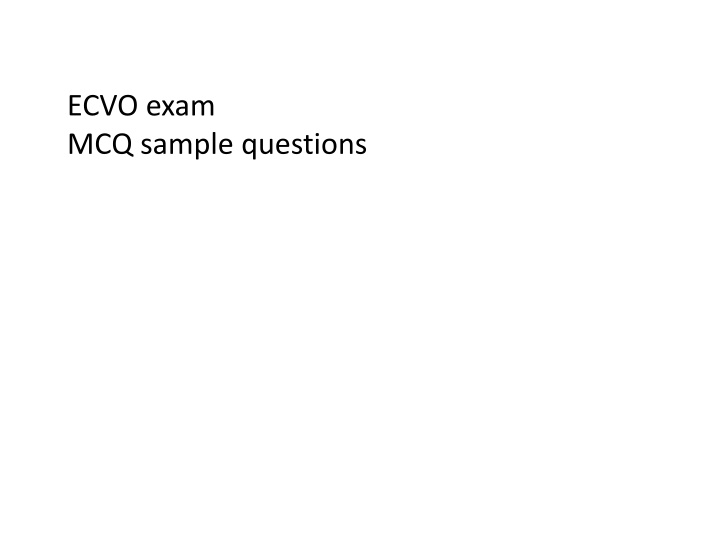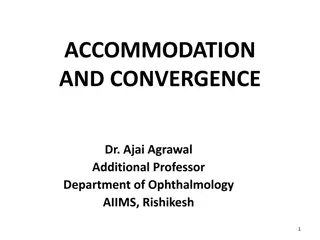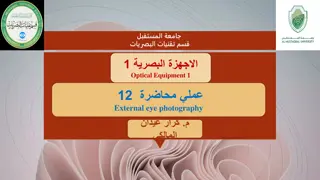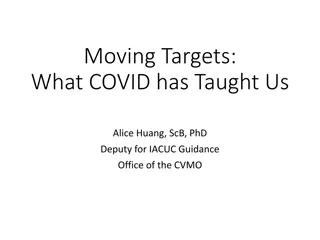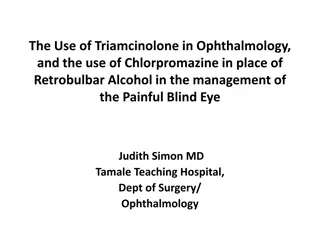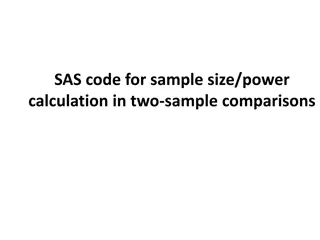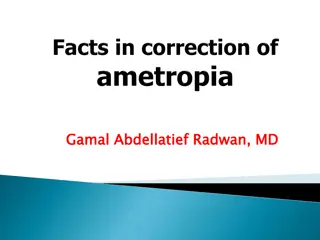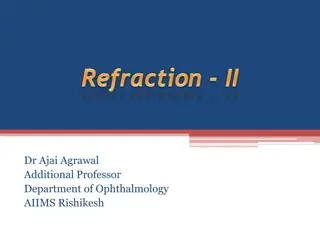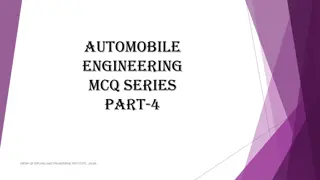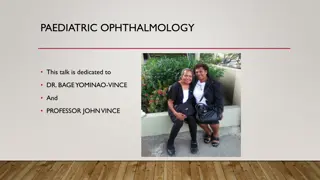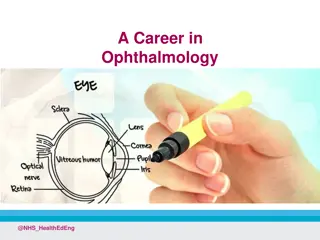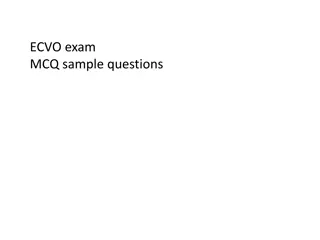Veterinary Ophthalmology MCQ Sample Questions
Explore multiple-choice questions related to veterinary ophthalmology, covering topics such as orbital anatomy in horses and cattle, refractive states in dogs, choroidal microcirculation in cats, retinoscopy in dogs, and ophthalmic lesions in dogs. Test your knowledge with these challenging questions and check the correct answers provided.
Download Presentation

Please find below an Image/Link to download the presentation.
The content on the website is provided AS IS for your information and personal use only. It may not be sold, licensed, or shared on other websites without obtaining consent from the author.If you encounter any issues during the download, it is possible that the publisher has removed the file from their server.
You are allowed to download the files provided on this website for personal or commercial use, subject to the condition that they are used lawfully. All files are the property of their respective owners.
The content on the website is provided AS IS for your information and personal use only. It may not be sold, licensed, or shared on other websites without obtaining consent from the author.
E N D
Presentation Transcript
ECVO exam MCQ sample questions
1 According to Gelatt s Veterinary Ophthalmology 6th ed., which one of the following bones contribute to the orbit in the horse but not in cattle? a) Zygomatic. b) Maxillary. c) Sphenoid. d) Temporal.
2 Reference: Refractive states of eyes and association between ametropia and breed in dogs , by Kubai et al., AJVR, 2008. According to Kubai et al. (AJVR 2008), which of the following statements is correct ? a) Mean refractive state of all eyes examined was - 0.5 D (emmetropia). b) Mean refractive state of all eyes examined was + 0.05 D (emmetropia). c) Astigmatism was detected in 10% of adult dogs. d) Astigmatism was detected in 1% of adult dogs.
3 Reference: Choroidal microcirculation in Abyssinian cats with hereditary rod- cone degeneration , by May et al., Exp Eye Res, 2008. According to May et al. (Exp Eye Res 2008), which of the following statements is correct? a) RPE and choriocapillaris show atrophy evenly distributed across the tapetal and non-tapetal fundus. b) Unlike in other species, RPE and choriocapillaris remain unaffected throughout the fundus. c) RPE and choriocapillaris remain unaffected in areas covered by tapetum lucidum. d) Areas covered by tapetum lucidum are specifically affected by loss of RPE and choriocapillaris
4 Streak retinoscopy (skiascopy) is performed in a dog at a working distance of 66 cm. Neutralization is seen in the horizontal meridian at +2 Diopters and in the vertical meridian at +0.5 Diopters. This eye should be classified as: a) Astigmatic. b) Myopic. c) Hyperopic. d) Anisometropic.
5 You examine a dog with anisocoria. The left pupil is normal but the right pupil is moderately dilated in ambient light. Light into either eye constricts the left but not the right pupil. In darkness the left pupil becomes maximally dilated and the right pupil remains moderately dilated. According to Gelatt s Veterinary Ophthalmology 6th ed., the most likely location for the lesion is the: a) Right optic nerve. b) Right optic tract. c) Right oculomotor nucleus. d) Right ciliary ganglion.
Correct answers: 1d 2d 3c 4a 5d
